Japan is a country known for its unique natural landscapes, fascinating culture, and advanced technological advancements.
However, beyond the hustle and bustle of its bustling cities and towering skyscrapers, there lies a hidden world of underground wonders waiting to be explored.
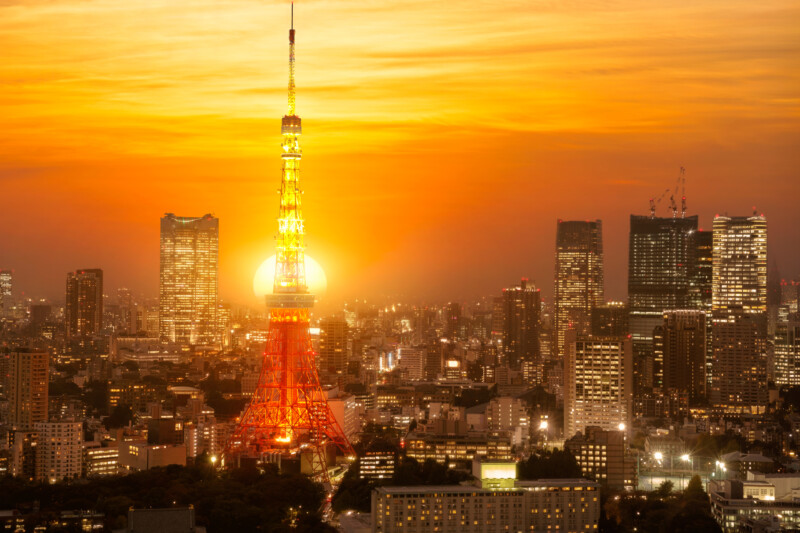
From caves to tunnels and underground attractions, Japan’s subterranean landscapes offer a unique experience for adventure-seekers and nature enthusiasts.
Exploring caves, tunnels, and underground attractions is an exciting way to discover Japan’s geological history, cultural heritage, and natural beauty.
These hidden gems offer a glimpse into a world that’s largely untouched by human activities and provide a unique perspective of Japan’s rich biodiversity.
Besides, Japan’s underground wonders are also home to various species of animals and plants that can only survive in such extreme conditions, making it a fascinating place for researchers and biologists.
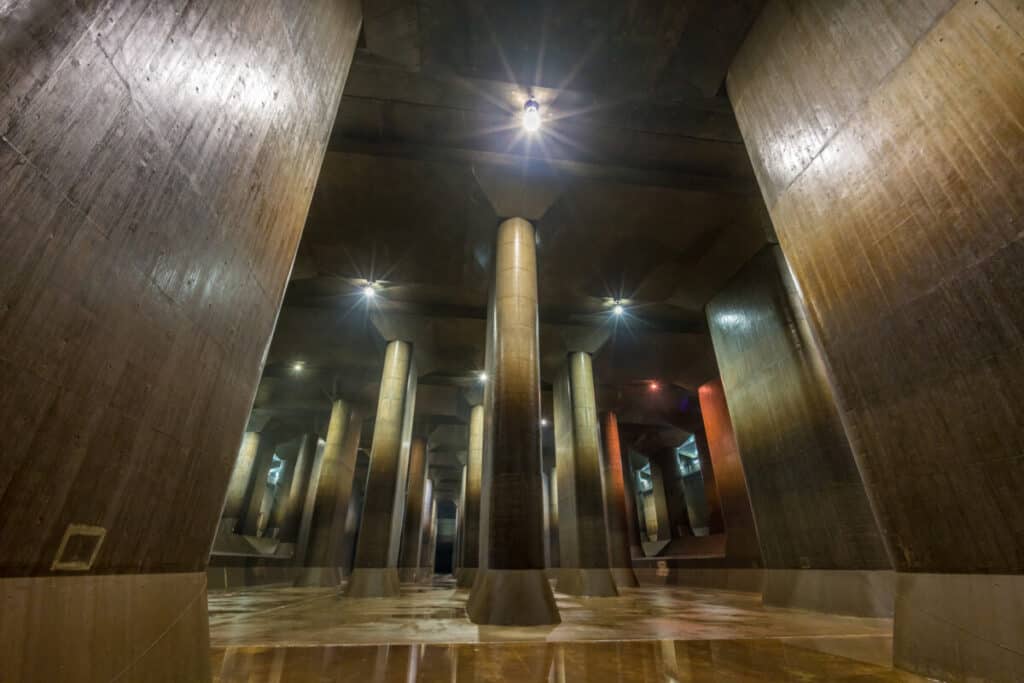
The purpose of this article is to introduce the top 10 caves, tunnels, and attractions in Japan, along with their features, attractions, and insider tips for visitors.
By the end of this article, you’ll have a comprehensive understanding of Japan’s underground wonders and what makes them a must-visit destination for anyone traveling to Japan.
Top 10 Caves, Tunnels, and Attractions
In this section, we’ll explore the top 10 caves, tunnels, and underground attractions in Japan. Each site’s location, brief history, features, attractions, and insider tips for visitors will be discussed in detail.
Ryugado Cave
- Location and brief history Ryugado Cave is located in the Iwate Prefecture, in northern Japan. It was discovered in 1924 by a local farmer and was opened to the public in 1948. The cave was named Ryugado, which means “Dragon Palace Cave” in Japanese, due to its resemblance to the mythical underwater palace of the Dragon King.
- Features and attractions Ryugado Cave is a limestone cave and is one of the largest in Japan, stretching over 3,000 meters in length. The cave features stunning rock formations, including stalactites, stalagmites, and columns. There is also an underground river and several underground lakes, adding to the cave’s beauty. Visitors can take a guided tour of the cave and learn about its history and geology.
- Insider tips for visitors Visitors should wear comfortable walking shoes and warm clothing as the cave’s temperature is around 10°C. The tour lasts about 30 minutes, and photography is not allowed inside the cave.
Ryusendo Cave
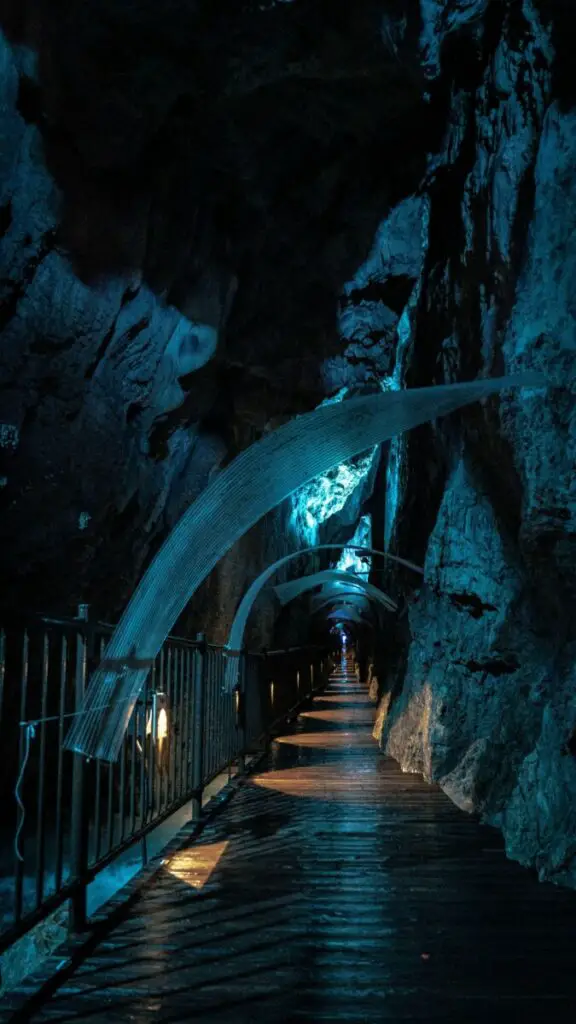
- Location and brief history Ryusendo Cave is located in the Iwate Prefecture, near Ryugado Cave. It was discovered in 1957 and opened to the public in 1966. The cave is named Ryusendo, which means “Dragon Spring Cave” in Japanese, due to the underground spring that flows through it.
- Features and attractions Ryusendo Cave is also a limestone cave and is known for its crystal-clear waters, which are said to be some of the purest in Japan. The cave features stunning rock formations, including numerous stalactites and stalagmites, as well as underground lakes and waterfalls. Visitors can take a guided tour of the cave and see its unique underground ecosystem.
- Insider tips for visitors Visitors should wear comfortable walking shoes and warm clothing as the cave’s temperature is around 10°C. The tour lasts about 30 minutes, and photography is allowed inside the cave.
The Great Limestone Cave
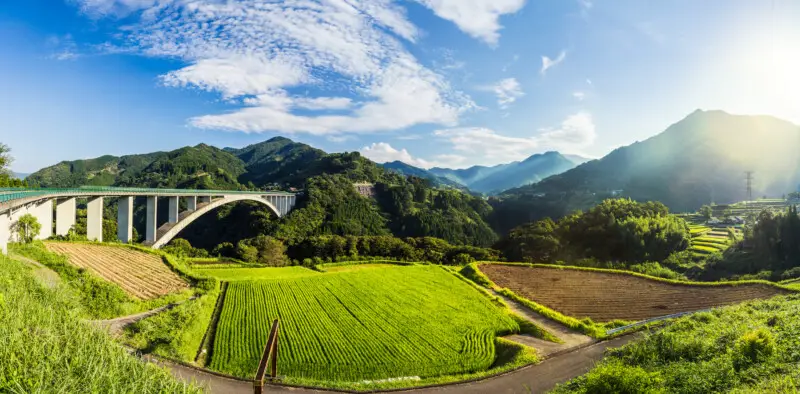
- Location and brief history The Great Limestone Cave is located in the Miyazaki Prefecture, in southern Japan. It was discovered in 1926 and opened to the public in 1951. The cave is one of the largest in Japan, stretching over 5,000 meters in length.
- Features and attractions The Great Limestone Cave features stunning rock formations, including stalactites, stalagmites, and underground lakes. The cave’s highlight is the “Palace of the Dragon King,” a massive chamber with a height of 20 meters and a width of 80 meters. The chamber is adorned with impressive stalactites and stalagmites, making it a favorite spot for visitors.
- Insider tips for visitors Visitors should wear comfortable walking shoes and warm clothing as the cave’s temperature is around 16°C. The tour lasts about 50 minutes, and photography is allowed inside the cave.
Lion’s Cave
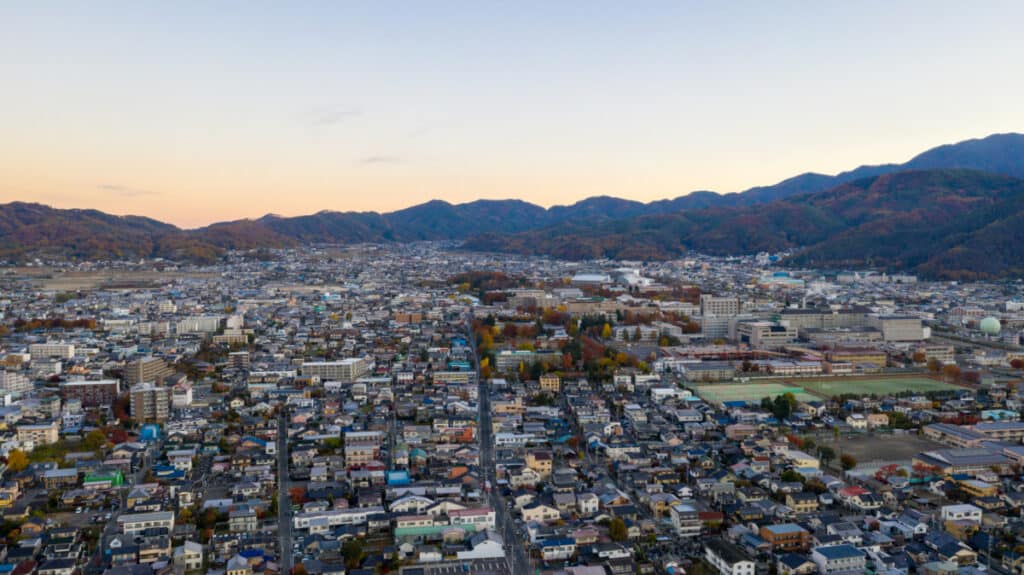
- Location and brief history Lion’s Cave is located in the Nagano Prefecture, in central Japan. The cave was discovered in 1957 and opened to the public in 1966. The cave’s name comes from the lion-shaped rock formation at its entrance.
- Features and attractions Lion’s Cave features unique rock formations, including a massive 30-meter tall column that resembles a mushroom. The cave is also home to various species of bats, making it a popular destination for bat watchers. Visitors can take a guided tour of the cave and learn about its history and geology.
- Insider tips for visitors Visitors should wear comfortable walking shoes and warm clothing as the cave’s temperature is around 11°C. The tour lasts about 30 minutes, and photography is allowed inside the cave.
Kochi Limestone Cave
- Location and brief history Kochi Limestone Cave is located in the Kochi Prefecture, in southern Japan. The cave was discovered in 1920 and opened to the public in 1928. The cave is one of the oldest in Japan and is considered a National Natural Monument.
- Features and attractions Kochi Limestone Cave features stunning rock formations, including numerous stalactites, stalagmites, and columns. The cave’s highlight is the “Sea of Gold,” a chamber adorned with golden-colored formations that glimmer in the light. Visitors can take a guided tour of the cave and learn about its history and geology.
- Insider tips for visitors Visitors should wear comfortable walking shoes and warm clothing as the cave’s temperature is around 14°C. The tour lasts about 30 minutes, and photography is allowed inside the cave.
Tokyo Metropolitan Government Underground Discharge Channel

TMGUD Official Tourism Website
- Location and brief history The Tokyo Metropolitan Government Underground Discharge Channel is located in the Saitama Prefecture, near Tokyo. The channel was built in 2006 to prevent flooding in the city during heavy rainfalls.
- Features and attractions The Underground Discharge Channel features an impressive system of tunnels and water tanks, with a total length of 6.3 kilometers.
- The system can store up to 200,000 cubic meters of water, making it one of the largest in the world. Visitors can take a guided tour of the facility and learn about its construction and purpose.
- Insider tips for visitors Visitors should book their tour in advance, as the facility has limited spots. The tour lasts about 60 minutes, and photography is allowed inside the channel.
Yoro Keikoku Okukiyosumi Prefectural Natural Park
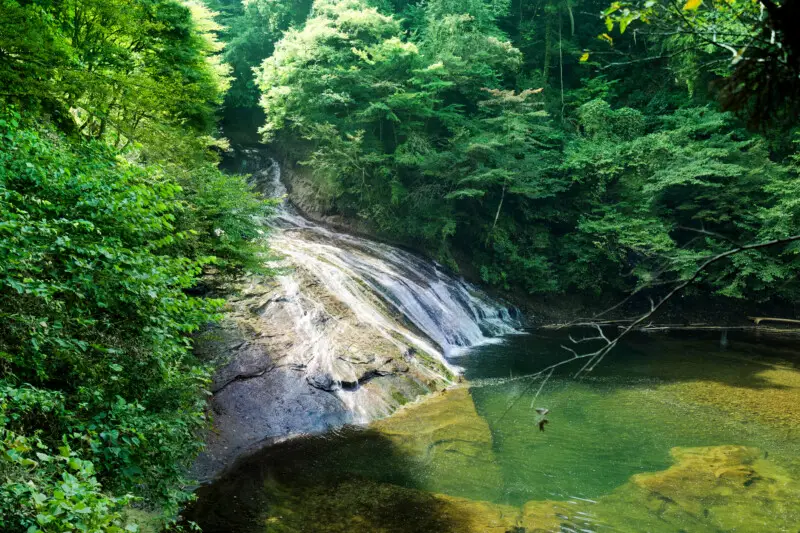
- Location and brief history Yoro Keikoku Okukiyosumi Prefectural Natural Park is located in the Gifu Prefecture, in central Japan. The park was designated as a Prefectural Natural Park in 1958 and is known for its natural beauty.
- Features and attractions
Yoro Keikoku Okukiyosumi Prefectural Natural Park features several attractions, including waterfalls, rivers, and caves.
One of the park’s highlights is the Yoro Keikoku Gorge, a scenic canyon with towering cliffs and crystal-clear water. The park is also home to the Yoro Waterfall, a stunning 32-meter high waterfall that is considered one of the best in Japan. Visitors can take a guided tour of the park and explore its natural wonders.
- Insider tips for visitors Visitors should wear comfortable walking shoes and bring a camera to capture the park’s natural beauty. The park is open year-round, but the best time to visit is during the autumn months when the foliage turns into vibrant colors.
Arakawa Shosen Sansan Tunnel
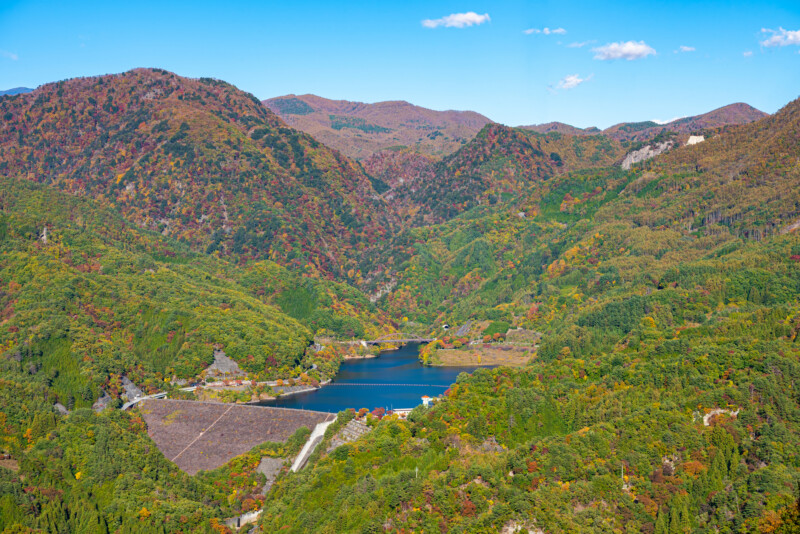
- Location and brief history Arakawa Shosen Sansan Tunnel is located in the Gunma Prefecture, in central Japan. The tunnel was built in 1966 to transport water from the Tone River to the Arakawa River.
- Features and attractions The Arakawa Shosen Sansan Tunnel features a unique system of water gates and tunnels, with a total length of 7.3 kilometers. Visitors can take a guided tour of the tunnel and learn about its construction and purpose. The tour includes a boat ride through the tunnel, offering a unique perspective of its inner workings.
- Insider tips for visitors Visitors should book their tour in advance, as the facility has limited spots. The tour lasts about 60 minutes, and photography is allowed inside the tunnel.
Kofunato Tunnels
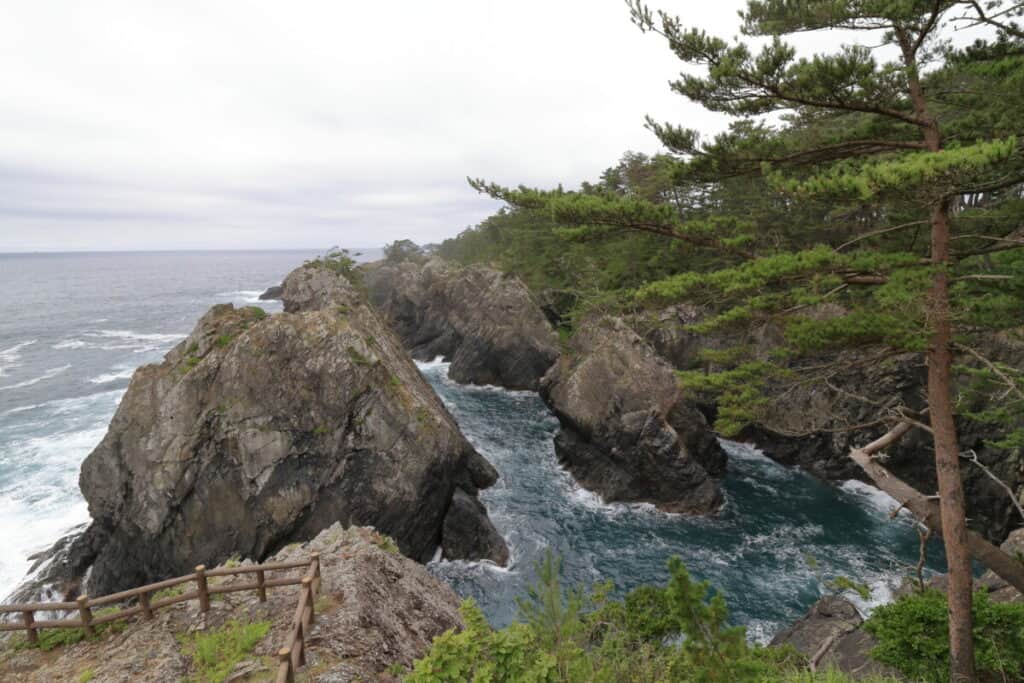
- Location and brief history Kofunato Tunnels are located in the Iwate Prefecture, in northern Japan. The tunnels were originally built as mining tunnels in the early 20th century.
- Features and attractions Kofunato Tunnels feature unique rock formations, including stalactites and stalagmites. The tunnels are also home to several species of bats, making it a popular destination for bat watchers. Visitors can take a guided tour of the tunnels and learn about their history and geology.
- Insider tips for visitors Visitors should wear comfortable walking shoes and warm clothing as the tunnels’ temperature is around 10°C. The tour lasts about 30 minutes, and photography is allowed inside the tunnels.
Akame 48 Waterfalls
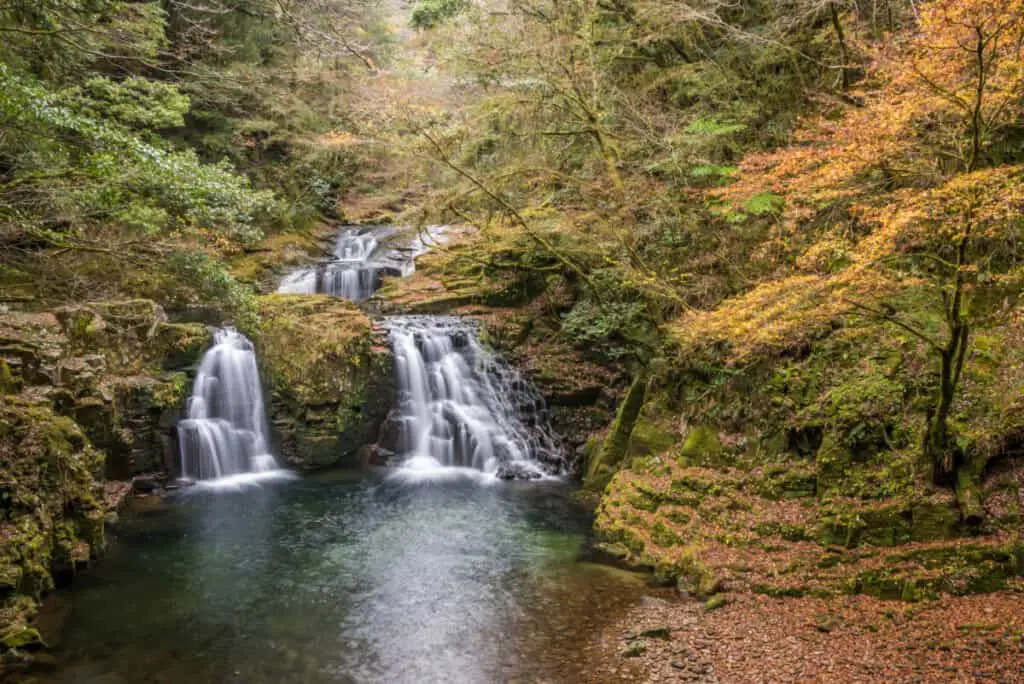
- Location and brief history Akame 48 Waterfalls are located in the Mie Prefecture, in central Japan. The waterfalls are part of the Akame Shijuhachi Taki Nature Park, which is known for its scenic beauty.
- Features and attractions Akame 48 Waterfalls feature a series of waterfalls that cascade down a rocky gorge. The waterfalls are surrounded by lush vegetation and are a favorite spot for nature lovers. Visitors can take a guided tour of the waterfalls and explore the park’s natural wonders.
- Insider tips for visitors Visitors should wear comfortable walking shoes and bring a camera to capture the waterfalls’ beauty. The park is open year-round, but the best time to visit is during the autumn months when the foliage turns into vibrant colors.
Summary
Japan’s underground wonders are a unique and awe-inspiring experience that should not be missed.
The Ryugado Cave and Ryusendo Cave in Iwate Prefecture are just two examples of the many incredible caves and tunnels found throughout the country.
From the Kofun period cave formations to the deep underground lakes and rare long-eared bats, these natural wonders offer a glimpse into Japan’s cultural heritage and geological history.
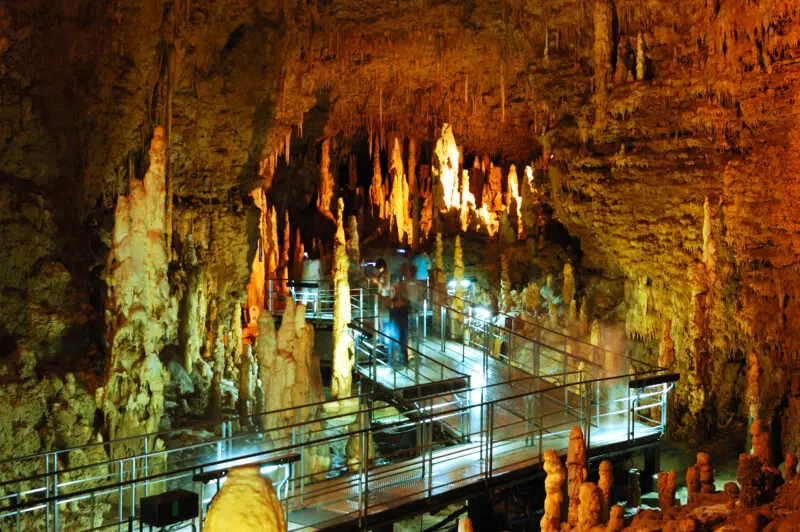
It’s easy to plan a visit to these sites using tools like Google Maps and booking tours in advance.
Whether you’re an elementary school student or a high school student, a first-time visitor or a seasoned traveler, the temperature differences and spring waters in these caves will surely leave you with a sense of peace of mind.
Japan’s underground wonders are also world heritage sites that need to be protected, so it’s important to be respectful and cautious when visiting.
So why not step into the depths of the earth and explore the wonders that lie beneath?
How To Get To Each Cave Location
- Ryugado Cave – located in Iwaizumi Town, Iwate Prefecture. It can be accessed by taking a train to Iwaizumi Station and then a bus to the cave entrance.
- Ryusendo Cave – located in Iwaizumi Town, Iwate Prefecture. It can be accessed by taking a train to Iwaizumi Station and then a bus to the cave entrance.
- The Great Limestone Cave – located in Akiyoshidai Quasi-National Park, Yamaguchi Prefecture. It can be accessed by taking a train to Yamaguchi Station and then a bus to the cave entrance.
- Lion’s Cave – located in Nippara, Tokyo. It can be accessed by taking a train to Nippara Station and then a bus to the Kurotani entrance.
- Kochi Limestone Cave – located in Kami City, Kochi Prefecture. It can be accessed by taking a train to Tosa-Yamada Station and then a bus to the cave entrance.
- Tokyo Metropolitan Government Underground Discharge Channel – located in Kasukabe City, Saitama Prefecture. It can be accessed by taking a train to Kasukabe Station and then a bus to the entrance.
- Yoro Keikoku Okukiyosumi Prefectural Natural Park – located in Gifu Prefecture. It can be accessed by taking a train to Yoro Station and then a bus to the entrance.
- Arakawa Shosen Sansan Tunnel – located in Tokyo. It can be accessed by taking a train to Kita-Ayase Station and then a bus to the entrance.
- Kofunato Tunnels – located in Narusawa Village, Yamanashi Prefecture. It can be accessed by taking a train to Fujikyu-Highland Station and then a bus to the entrance.
- Akame 48 Waterfalls – located in Nabari City, Mie Prefecture. It can be accessed by taking a train to Akameguchi Station and then a bus to the entrance.









